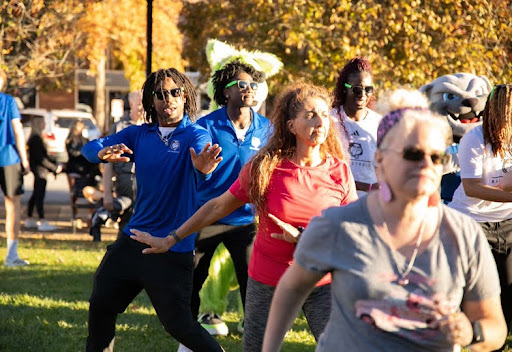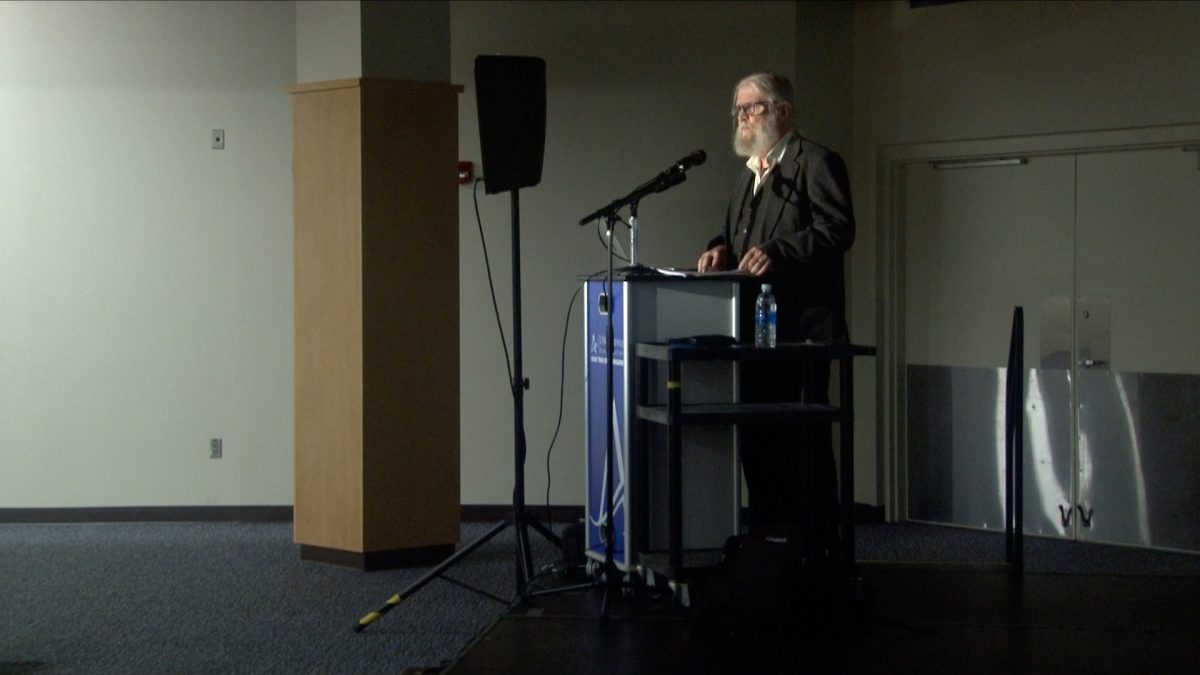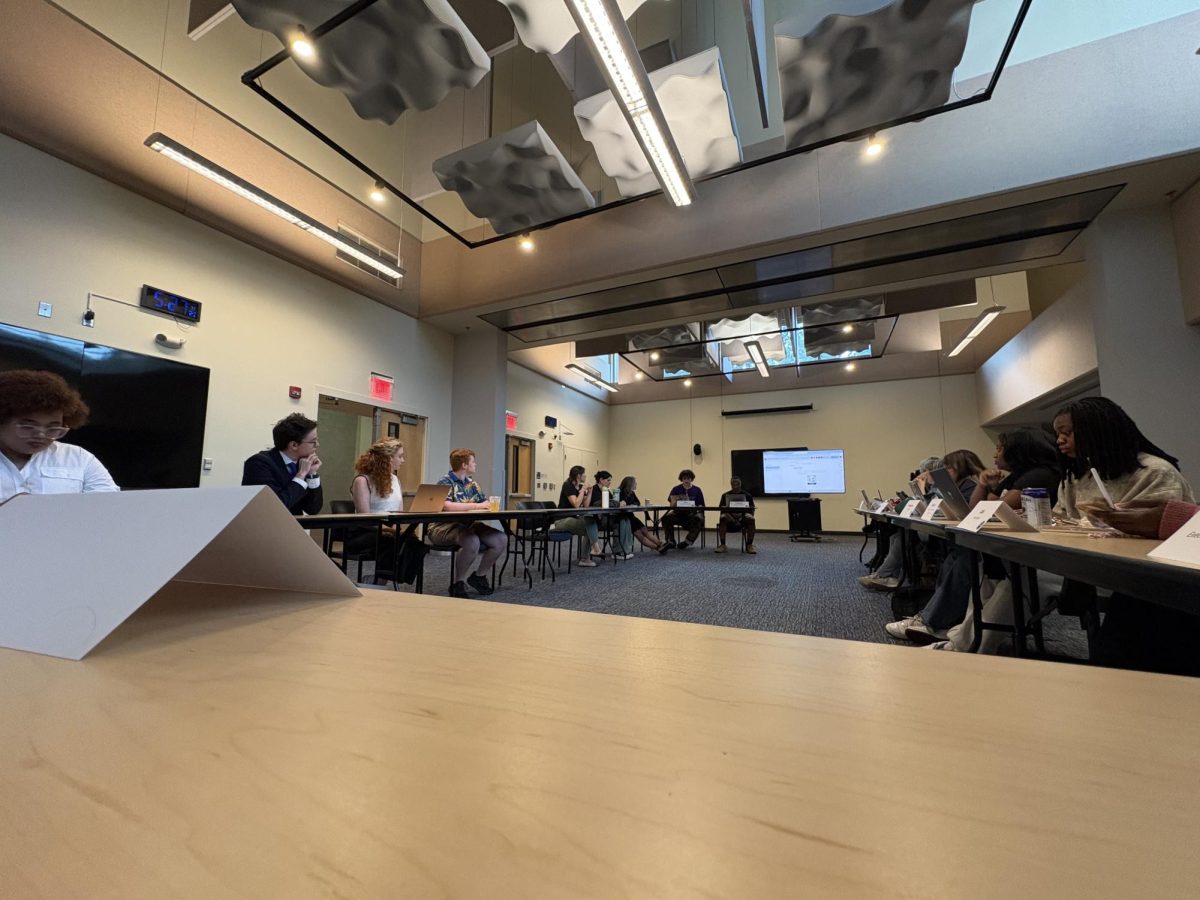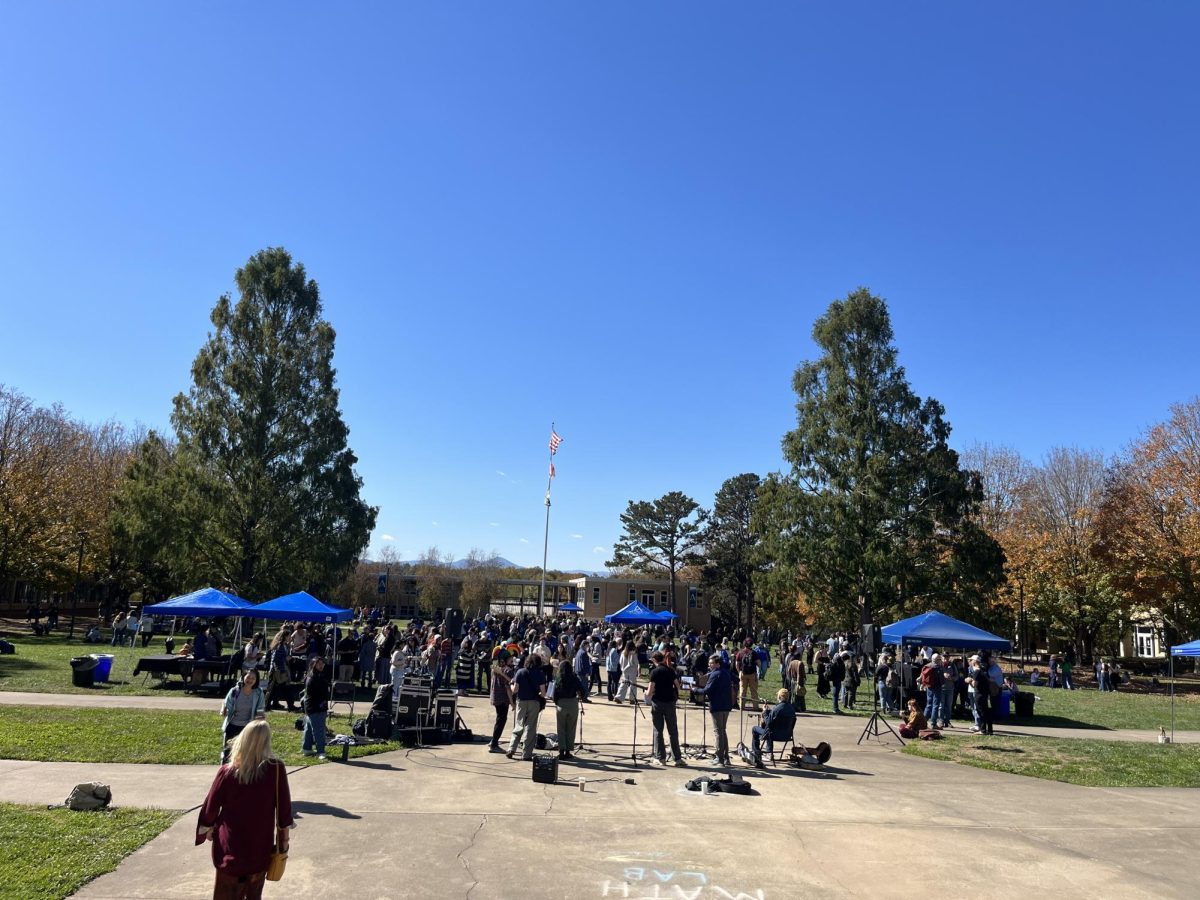Samuel Robinson
Sports Staff Writer
[email protected]
MountainTrue is leading the initiative to combat non-native invasive species that will harm the Western North Carolina ecosystem if left untreated.
Many Asheville residents place great value on their environment and wish to preserve it, but are sometimes unsure how to go about it.
“I’ve been playing this course since it opened in ‘06 and sometimes I volunteer to assist with hole cleanup, but I wouldn’t know whether a certain plant or vine is non-native or not,” said Mark Middlekauff, an avid disc golfer who grew up in Western North Carolina.
Though projects such as the disc golf community organizing clean-ups on Facebook exist, experts say there is still more to be done.
Rose Bruce, forest keeper coordinator at MountainTrue, runs the Richmond Hill cleanup initiative and said the park is already quite overrun with non-native invasive species.
“If we don’t make any efforts to remove them within the next decade or so, the native seed bank in the soil will be greatly reduced, making restoration efforts much harder because of the lack of natural native recolonization,” Bruce said.
Non-native species are a menace to deal with because of the native species’ inability to counteract the effects of the non-natives.

in WNC in order to preserve the environment. Photo by Samuel Robinson.
One example of a non-native invasive species is the kudzu vine. Kudzu originated in Asia and was introduced in the United States in 1883. The vine now grows at a rate of 150,000 acres annually and has been nicknamed “the vine that swallowed the South.”
Kudzu is not an issue at the Richmond Hill course, however, many of the course’s non-natives are vines with devilish thorns that can quickly overgrow entire bushes and creep up trees, eventually killing them.
“Depending on the invasive, people could probably still throw their discs, but going to get them when the discs landed off target could become quite painful. My guess is that as the invasive problem worsens, the park would become a less and less popular place,which would only aggravate the invasive species problem,” Bruce said.
Richmond Hill is most notably a disc golf course, but is also a park open to the community. Locals who do not play disc golf often come to hike and walk their dogs in the park.
“Richmond Hill Park would become increasingly more dangerous for dogs, especially the ones who aren’t on leashes. The forest understory can become very thick with thorny plants, which can cut up our beloved canine companions and snag their collars,” Bruce said.
Jake Jordan, a local insurance adjuster and frequent disc golfer, often brings his dog when he plays and said he first became aware of invasive species through his dog’s behavior.
“Sometimes he won’t follow me to places because he can’t reach them. Whether that’s thorns or downed trees, sometimes he just won’t follow me to where we need to go,” Jordan said. “If it’s really thick sometimes out there I’ll lose track of him. He’s not that big of a dog so when there’s a lot of overgrowth he gets lost kind of easily.”
Jordan said he is lucky to live in an area that cares enough to provide cleanup for public places that could otherwise be overlooked.
“I play here at least three times a week. Sometimes more than that. It’s roughly two miles from my house and it’s where I learned to play so I love to play there,” Jordan said. “I didn’t realize the seriousness of invasives, but you do notice when things get cleaned up.”
MountainTrue’s efforts to counter non-native invasive species is not confined to Richmond Hill Park. Every Friday, they survey a segment of the Appalachian Trail for ash trees.
The emerald ash borer decimated the ash tree population across the Midwest over the past few years, recently moving south into Tennessee and North Carolina.
“Losing ash trees would be a hit for those wildlife that utilize them, especially for certain invertebrate species that are very specific to ash trees. Losing the ash trees could really change the forest composition in areas where they are dominant,” Bruce said. “Areas with very dense ash populations with large die-off events could leave room for invasive plants to colonize.”
Bruce said if the ash trees went untreated they could be completely wiped out within three to five years. Despite the incredible risk ash trees face, they are not listed as federally endangered or even threatened.
Inventory on ash trees can be done at any time of the year, but the window for treatment is extremely short. MountainTrue attempts to combat this by surveying as much as possible so areas are ready for treatment once approved by the forest service.
“The actual treatment window is short – mid-April through mid-June, when the adult form of the borer is hatching and getting ready to lay eggs for the next generation of borers. That’s when the insecticide works on them,” Bruce said. “The treatment is expensive but should last the trees for a three to five year period.
MountainTrue is not the only environmentally concerned non-profit organization in WNC. Clean Water for NC and Asheville GreenWorks are similar organizations working to preserve the environment in different ways.
“Asheville is kind of a bubble,” Jordan said. “It’s great and I’m not surprised things like that exist here. There were like 20 people volunteering today, but what happens in places that don’t have a surplus of environmentally conscious people?”



















Glenn • Apr 26, 2018 at 10:38 am
The issue of invasive species comes to people’s attention when it directly impacts them. Multiflora rose and emerald ash borer (EAB) have profound impacts native flora. Untreated ash trees greater than a few inches in diameter will be functionally extinct as EAB moves through the area as has happened in east TN. Once the trees are dead they will create falling hazards in recreation areas. The time to treat is before they have visible branch dieback. EAB kills within 2-3 years after infestation so its now or never.